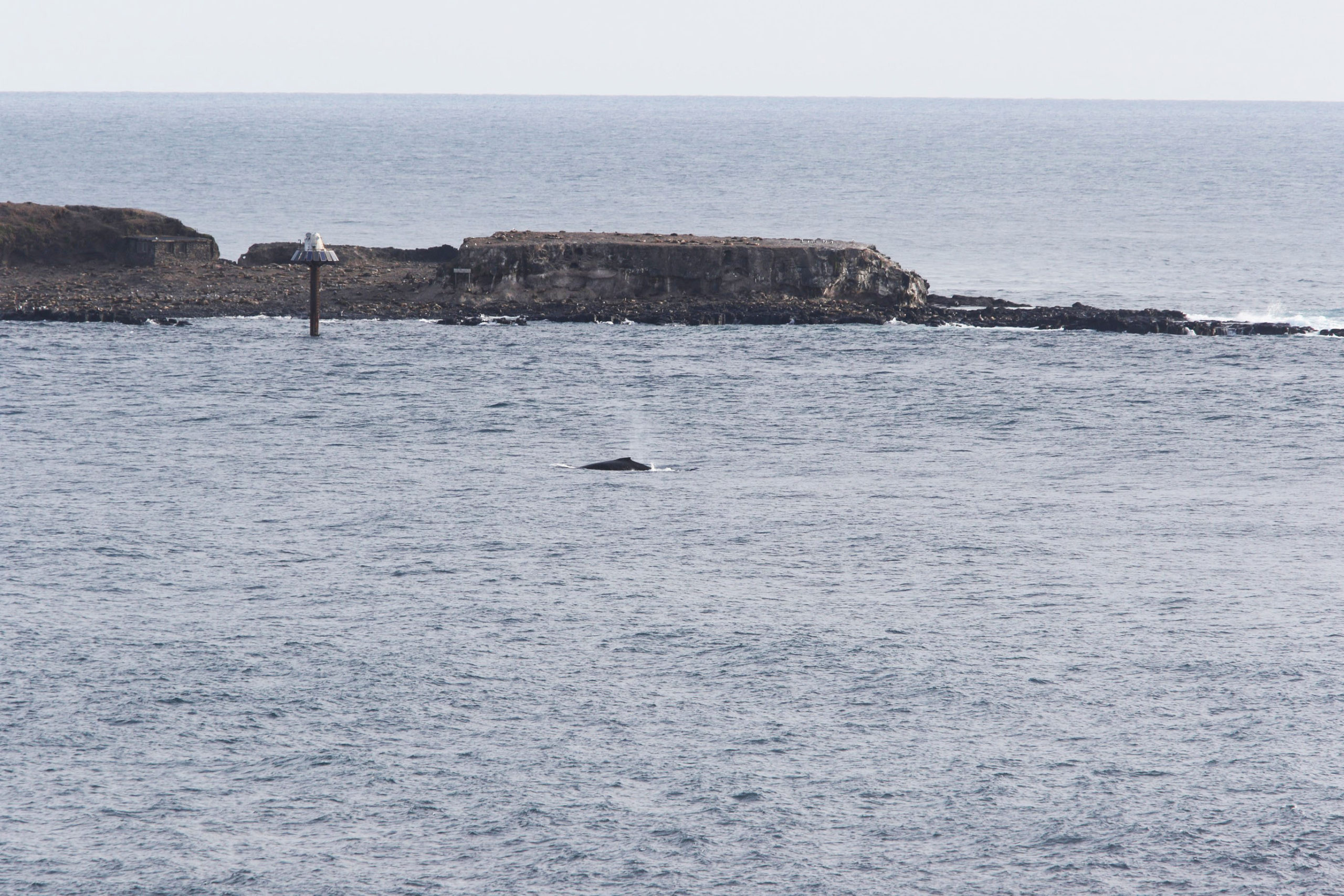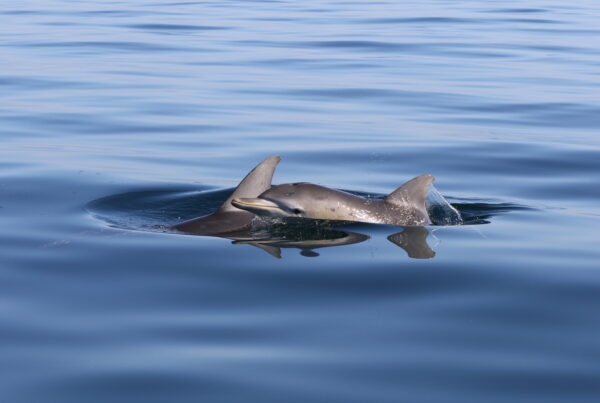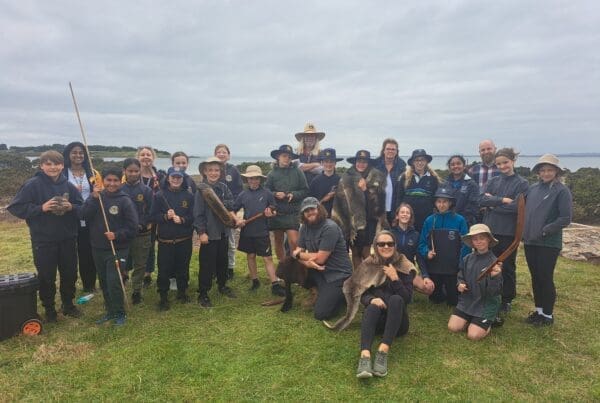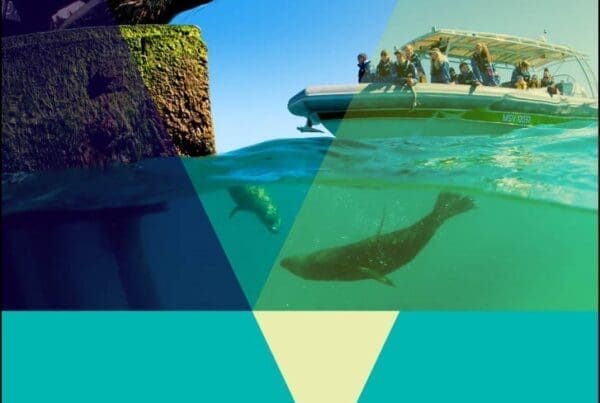Notes for Land-based Novice Whale Watchers.
1. You might not see any whales
2. Use binoculars
3. Be somewhere high
4. Wear warm clothing
5. You might not see any whales
 The notes above are as true for experienced whale watchers as they are for beginners. To get around some of these hurdles you can go on whale-watching trips. These increase your chances of seeing whales, you can keep warm inside the boat and sometimes the whales are so close your binoculars will get wet from the whale’s splashes. (But – Notes 1 and 5 still apply).
The notes above are as true for experienced whale watchers as they are for beginners. To get around some of these hurdles you can go on whale-watching trips. These increase your chances of seeing whales, you can keep warm inside the boat and sometimes the whales are so close your binoculars will get wet from the whale’s splashes. (But – Notes 1 and 5 still apply).
Binoculars are very useful when looking for whales from the land. However, some people can feel quite sick when using binoculars for too long. It’s often a good idea to scan the water without binoculars initially, and zoom in on suspicious waves or strange shapes with the binoculars. From here you should be able to distinguish whales from waves and small fishing boats.
Waves that look a bit odd are worth getting the binoculars in action. What you are seeing might indeed be the ‘blow’ from a whale. This is the cloud of exhaled vapour from the whale’s lungs each time it breathes out in to cooler air (like our ‘foggy’ breath when we are waiting for whales in winter).

Humpback whales – photo Renee de Bondt, Wildlife Coast Cruises
Humpback whales have a ‘bushy’ upright blow, and southern right whales sport a v-shaped blow. How often the blow occurs depends on what the whale is doing. Humpback whales might breathe up to five times over a couple of minutes, and then dive for five or more minutes.
The two most common whales seen in Port Phillip and Western Port are humpbacks and southern right whales. Humpbacks are travelling from Antarctica where they have spent the summer. Humpbacks feed in the Antarctic, migrate north to mate and calve somewhere in Queensland. Gestation period is 12 months so a female that mates this season will have her calf when she returns north next year. Mothers with new calves are the last humpbacks to travel south from Queensland, this is so the calf can fatten up and develop their bond before they hit predators like killer whales and return to colder waters.

Southern right whale – small, squarish pectoral fins
Southern rights migrate to the sub-Antarctic during summer. They have high site fidelity in relation to breeding. Calves that are born in places like Logans Beach, typically return to the area to have their own calves….. or so it was thought. A couple of whales have bucked the trend in recent years.

Humpback whale – long, tapered pectoral fins
Besides different-shaped blows (which you can’t see on a windy day anyway), the two easy ways to tell humpbacks and southern right whales apart are by their
* pectoral fins (flippers)
* dorsal fins (the fin on its back)
Humpback whales have really long pectoral fins and a small dorsal fin. Southern right whales have short, squarish pectoral fins, and no dorsal fin!
Don’t forget to report your whale sightings! It’s super easy, and very important. 
The Two Bays Whale Project is building up a valuable database of the whales in the area. Even if you don’t see any whales, you can follow where they are being seen on the Two Bays facebook page.
Happy Whale/Wave/Fishing Boat Spotting!




